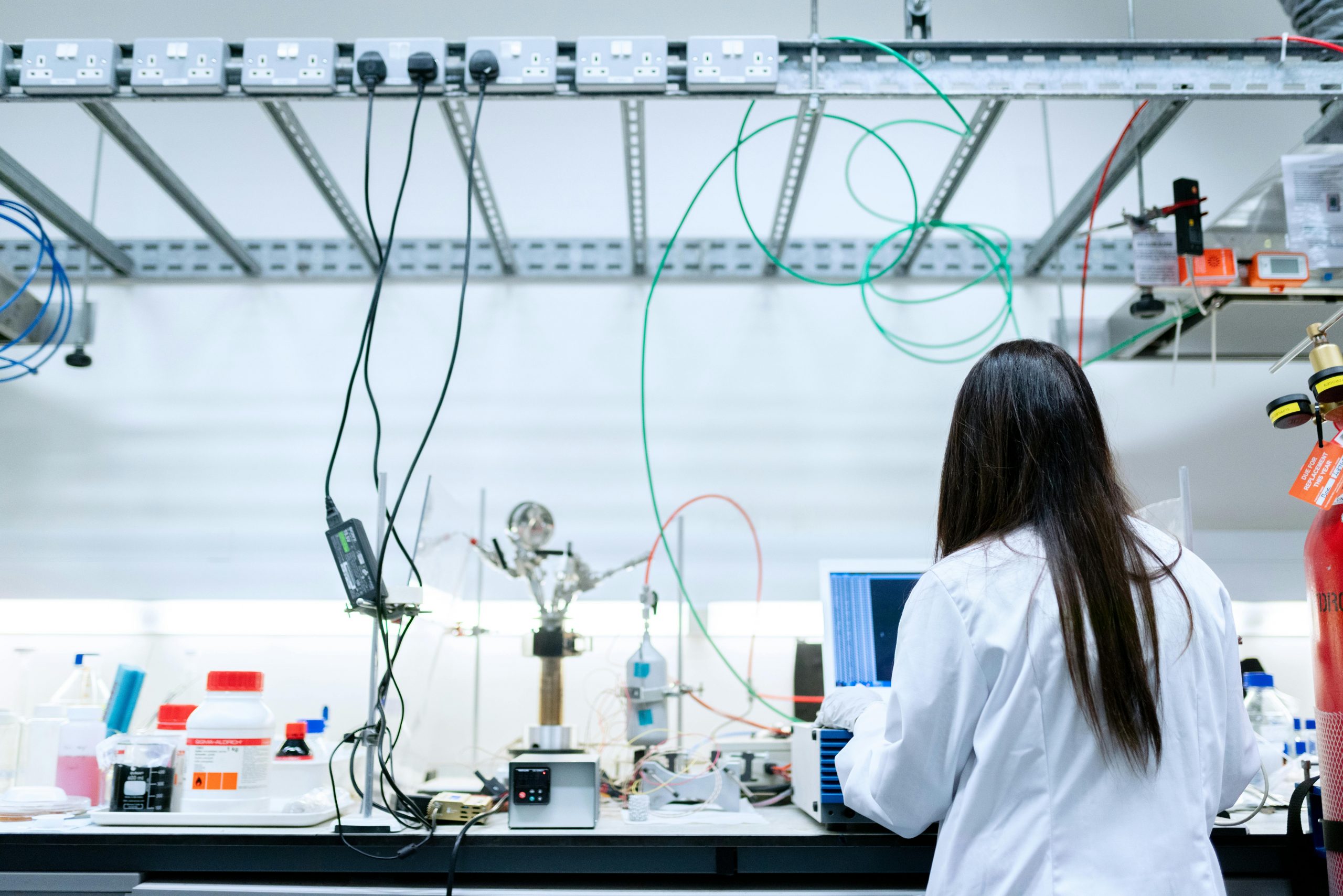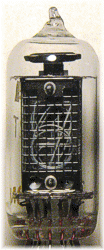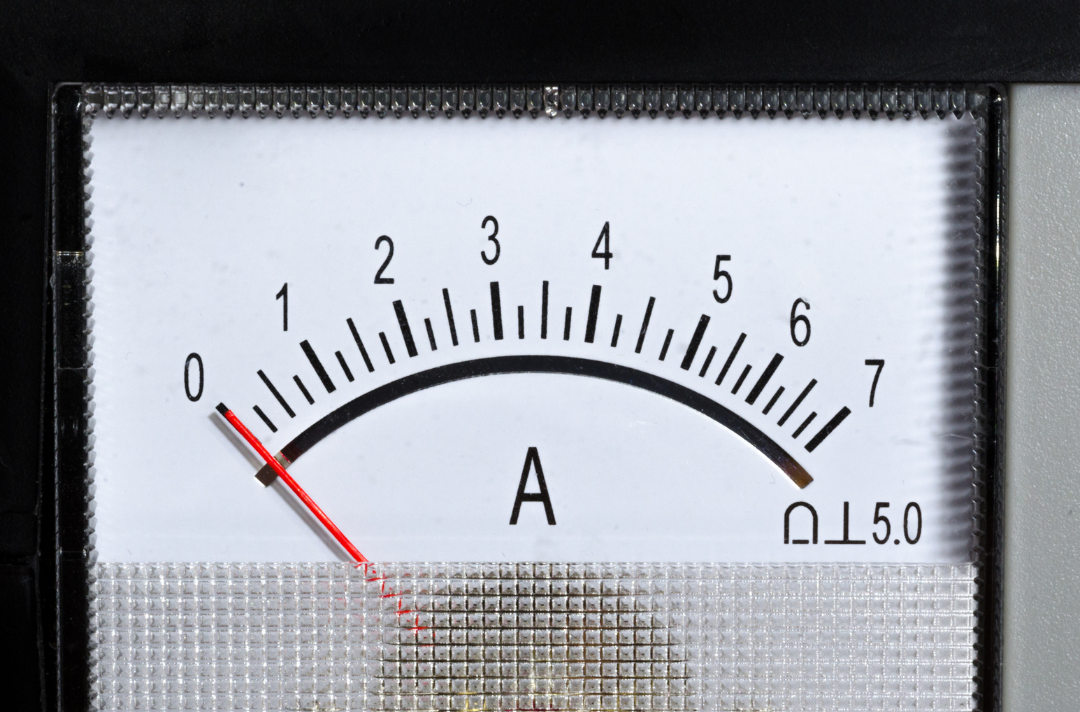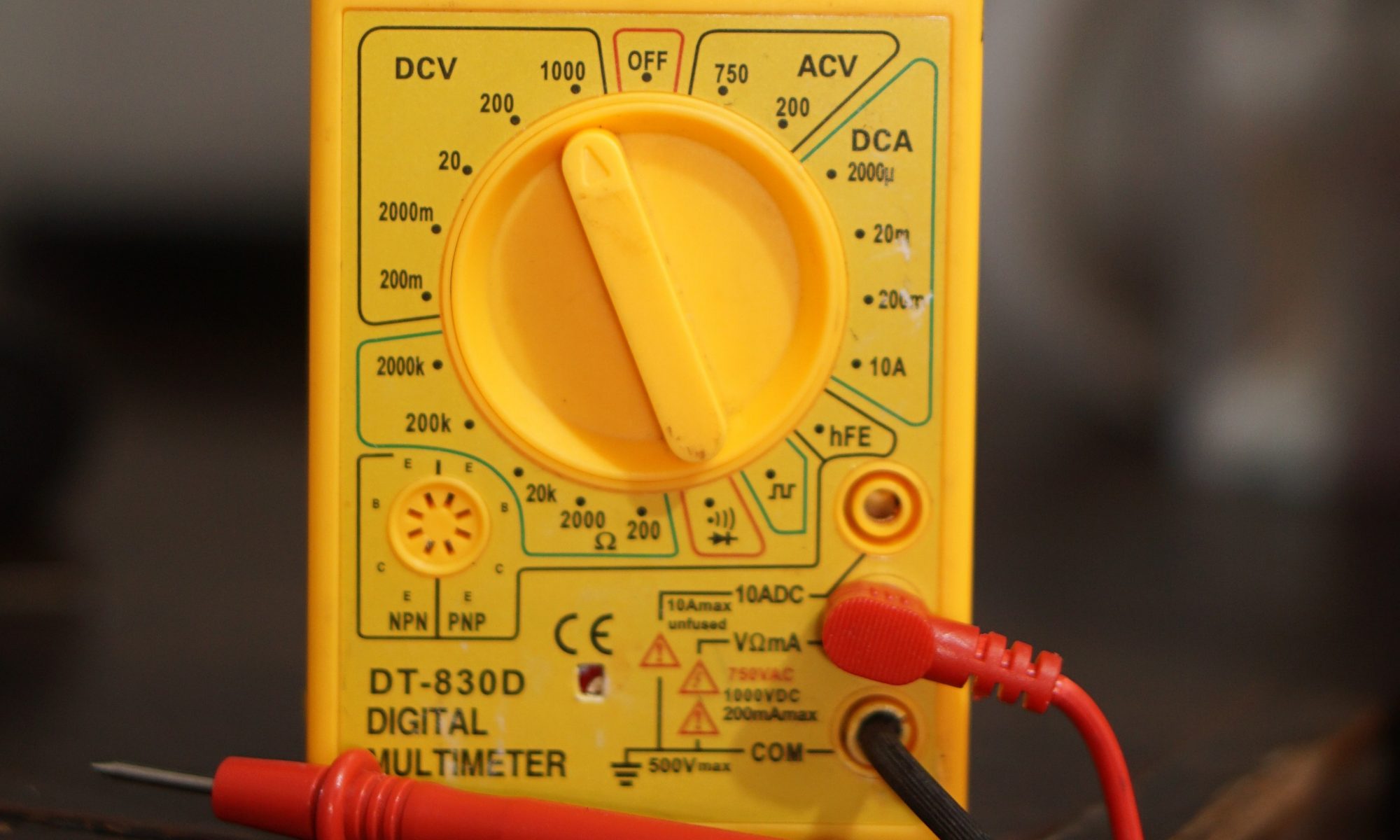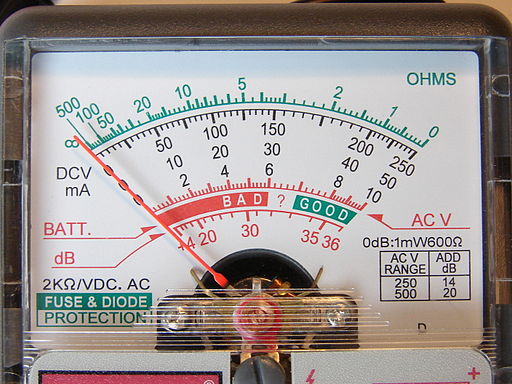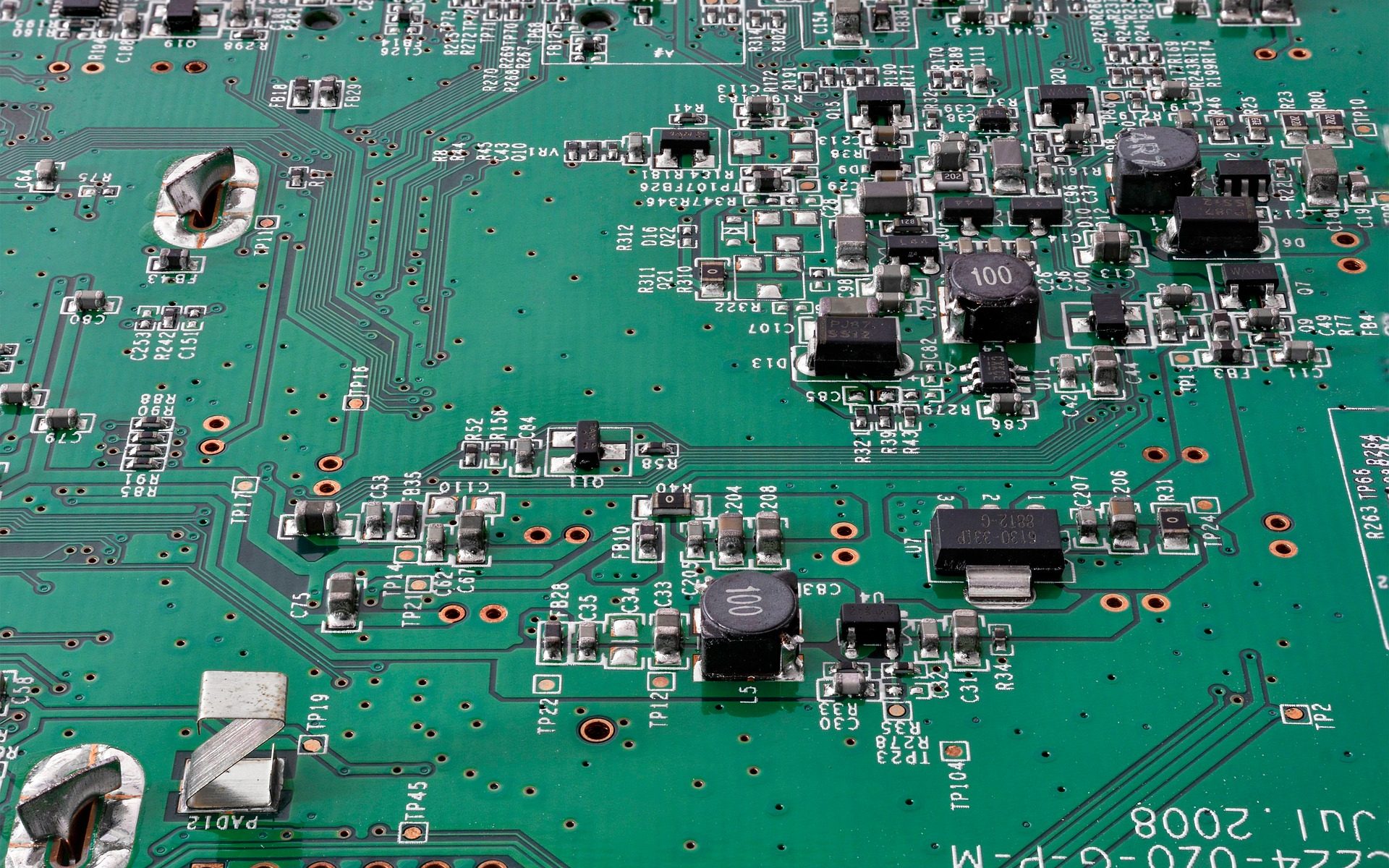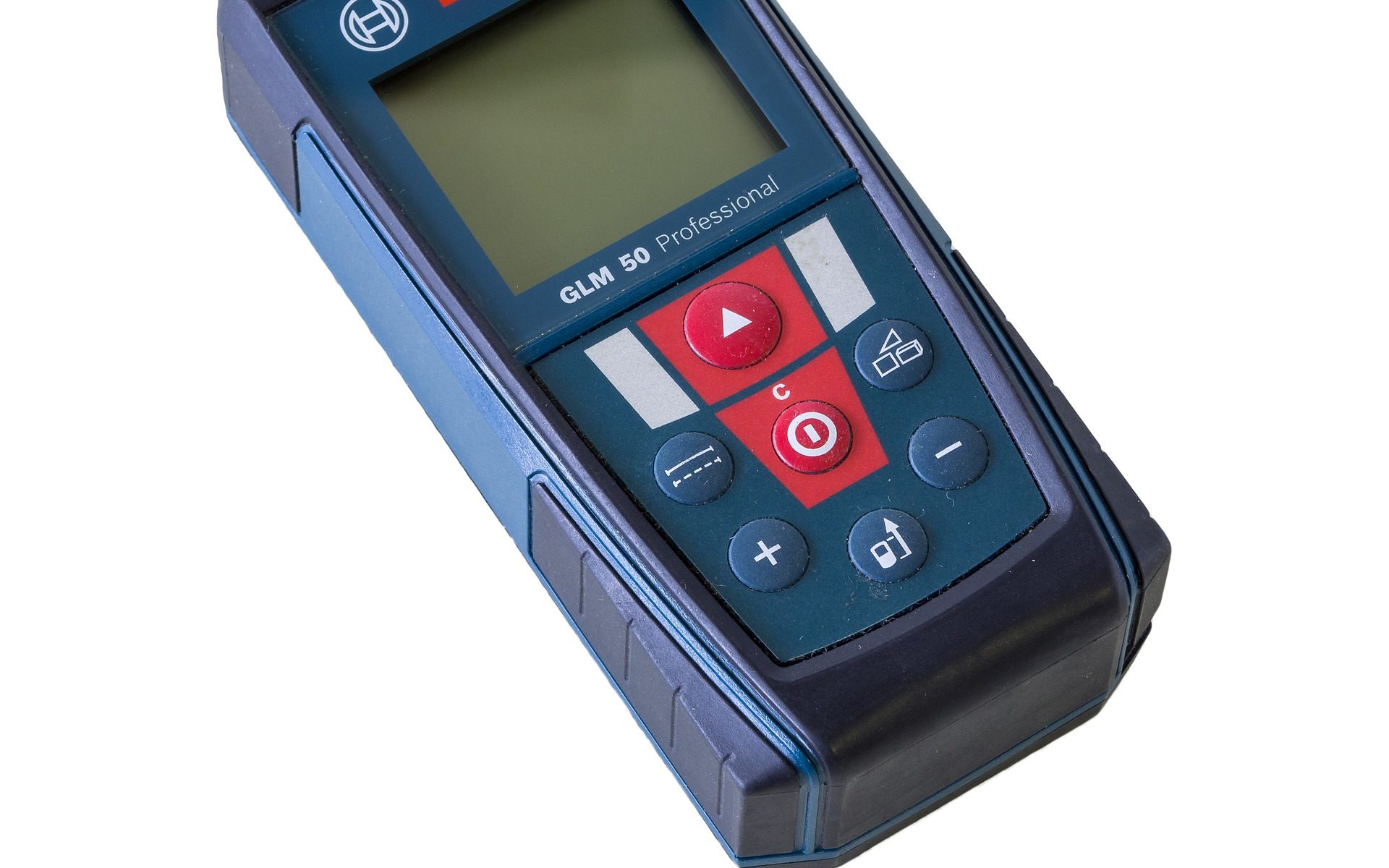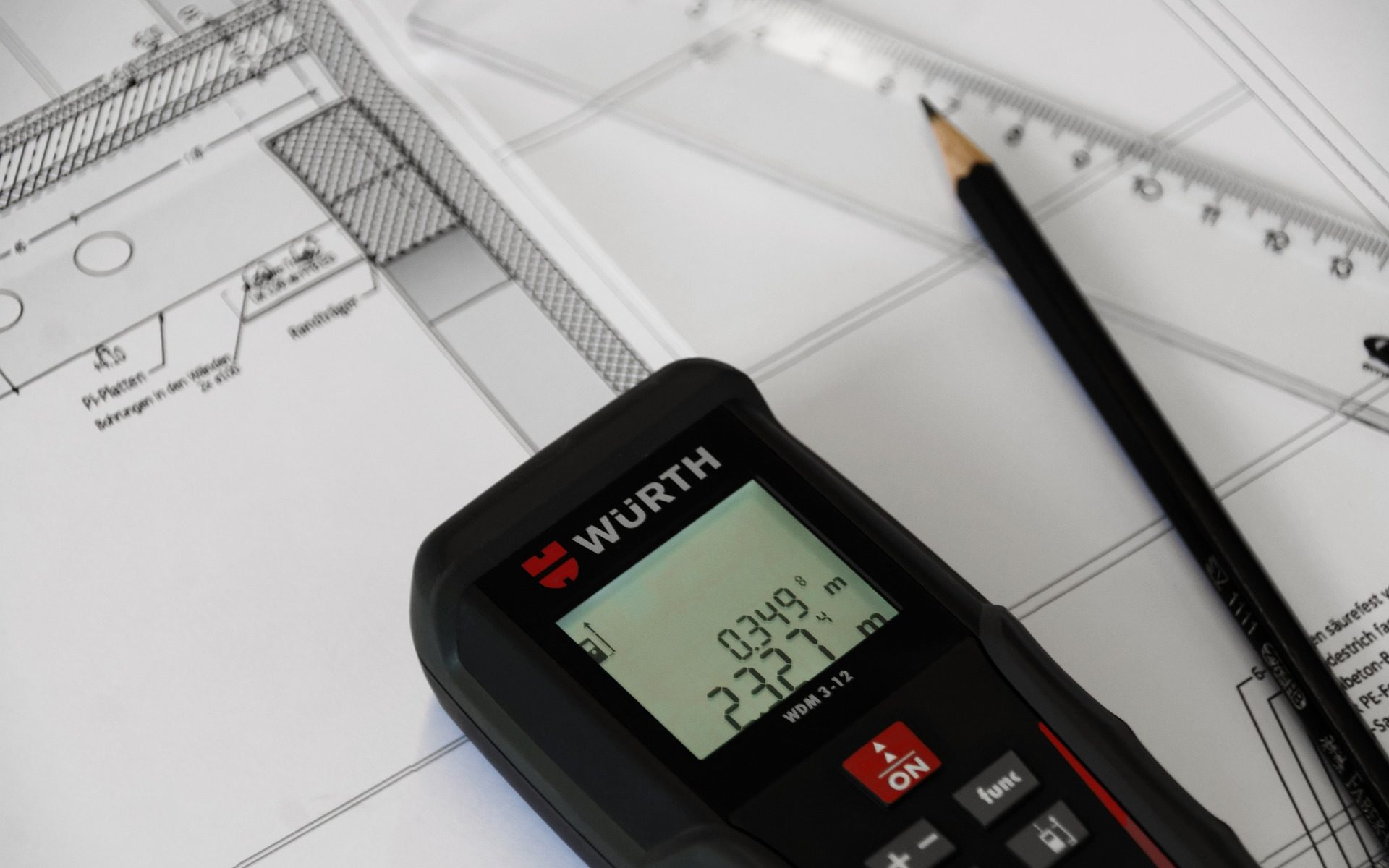Multimeters are current meters, voltmeters, and ohmmeters contained in one case. There are separate current, voltage, and resistance circuits interconnected by switches and they share the same meter movement. A function switch is utilized to choose the type of measurement: position 1 is for de volts and resistance, position 2 is for de and ac current, and position 3 is for ac voltage. The jack on the right, the COMMON jack, is used for all measurements. For every type of measurement, the range switch is set for the correct scale reading. Positions I and 2 are resistance ranges, positions 3 to 6 are current shunt settings, and positions 7 to 9 are voltage multiplier settings. Rectifiers D1 and D3 are linked for ac current measurements and rectifiers D2 and D3 are used for ac voltage measurements. Fuse FI safeguards the meter movement from overload. Resistors R1, R2, R7, R8, and R9 are switched in and out of the circuit by the range switch. The current shunts, R3 to R6 are only linked into the circuit in position 2 of the function switch. The range switch then chooses portions of the ring shunt.
Continue reading “Ohmmeters: Measuring Resistance”
